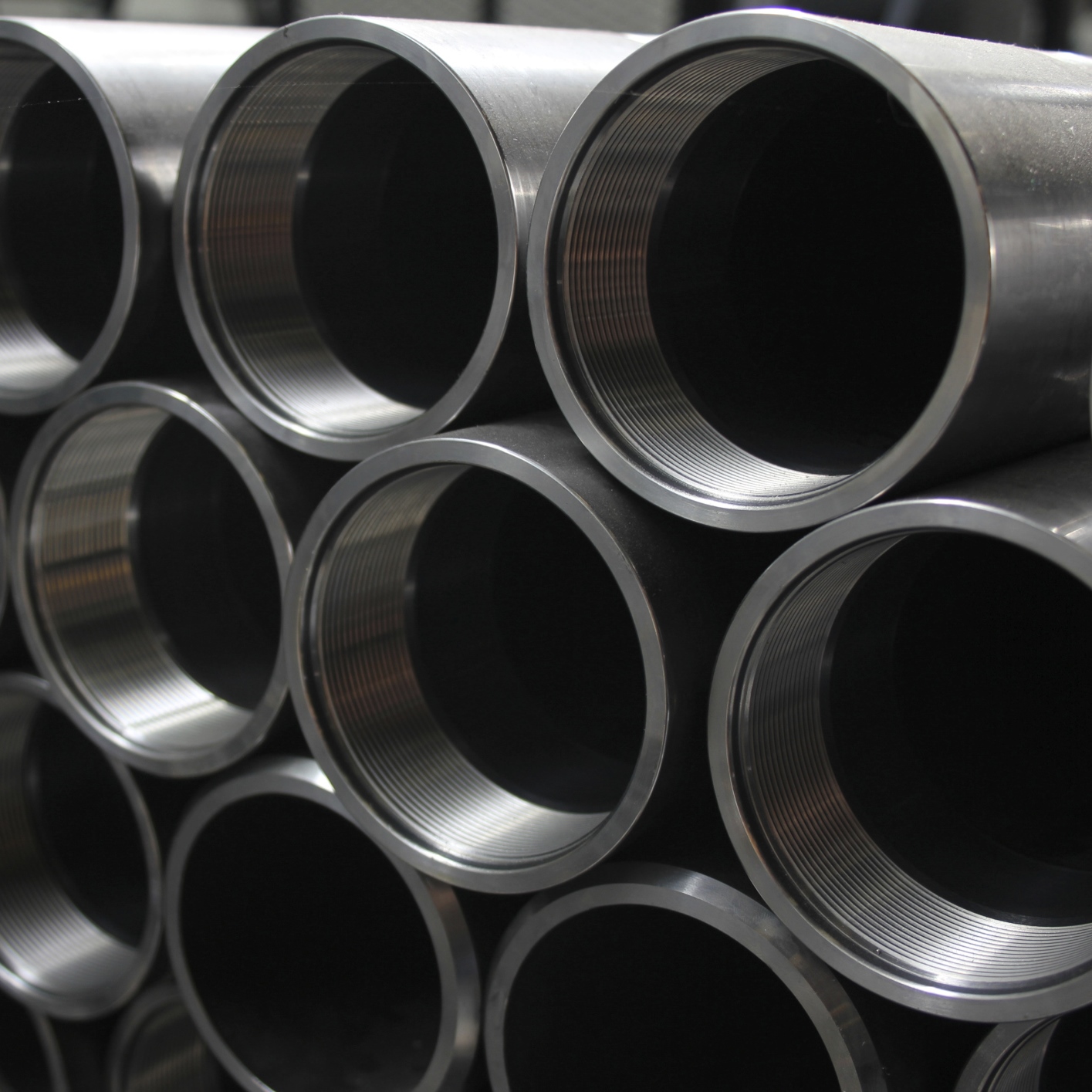Commodities & Metals
Steel Downgrades Met by Severe Global Steel Production Declines

Published:
Last Updated:

When United States Steel Corp. (NYSE: X) was downgraded to Market Perform from Outperform at Cowen, something more should have stood out for the entire steel sector. Where there is smoke there is fire, but there may not be any fire in the world’s steel production.
A coincidental report from the World Steel Association on January 2016’s world crude steel production should show just why there is no more hope right now. This is production for the 66 countries reporting to the association, and (as you might have guessed by this tone) it was down handily. World steel production was 7.1% lower than a year earlier to 128 million metric tonnes (Mt).
Another sharp decrease was in capacity utilization, with the global crude steel capacity utilization ratio falling by 5.8 percentage points to 66.0% in January 2016.
With a drop of 7.1%, it is important to figure out where the production was “less bad” (under 7%) and where the overhangs are (over 7%). Then there is the notion that size matters, as China has roughly half of the entire world’s production.
Now there may be more to the story when you consider the Cowen downgrade of U.S. Steel. What really stood out was that the firm had the highest analyst estimate by far, at $30.00 before the downgrade. Its new price target for the stock is only $8.00.
Nucor Corp. (NYSE: NUE) saw its price target cut to $45.00 from $49.00. Nucor’s prior close was $39.76, and shares were last seen down 1.5% at $39.15 after the drop. Nucor’s 52-week trading range is $33.90 to $50.70.
Steel Dynamics Inc. (NASDAQ: STLD) saw its price target cut to $25.00 from $26.00, versus an $18.36 prior close. Steel Dynamics traded down 3% at $17.80, with a 52-week range of $15.32 to $23.17.
Those nations with gains or drops of less than 7% and with production over one metric tonne were as follows, for January 2016 versus January 2015:
Of the nations where production was down more than 7% with more than a metric tonne, they were as follows, also for January 2016 versus January 2015:
The World Steel Association is not a 100% complete picture of the world’s steel market. That being said, it does represent approximately 85% of the world’s steel production and includes nine of the 10 top steel producers in the world.
Analyst downgrades after monumental drops in share prices sometimes leave shareholders feeling a bit caught off guard. What are investors supposed to do when they see a continued erosion of this sort?
The Market Vectors Steel ETF (NYSEMKT: SLX), which is fairly thin in daily trading volumes, was last seen down 2.8% at $19.10. This steel producer exchange traded fund has a 52-week range of $15.30 to $37.09. That should show just how battered the steel stocks are, at close to a 50% drop from the 52-week high. Investors should keep in mind that the Market Vectors Steel ETF is not just a U.S. steel company holder, as it holds the top steel producer stocks, and five of the top 10 holdings are companies based outside of the United States.
Start by taking a quick retirement quiz from SmartAsset that will match you with up to 3 financial advisors that serve your area and beyond in 5 minutes, or less.
Each advisor has been vetted by SmartAsset and is held to a fiduciary standard to act in your best interests.
Here’s how it works:
1. Answer SmartAsset advisor match quiz
2. Review your pre-screened matches at your leisure. Check out the advisors’ profiles.
3. Speak with advisors at no cost to you. Have an introductory call on the phone or introduction in person and choose whom to work with in the future
Get started right here.
Thank you for reading! Have some feedback for us?
Contact the 24/7 Wall St. editorial team.